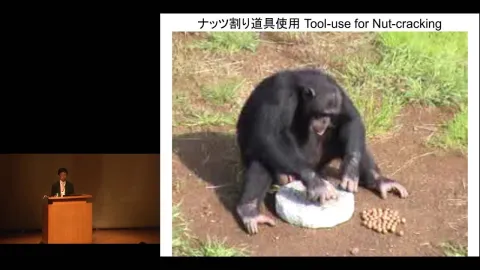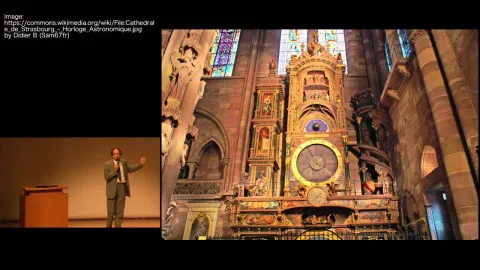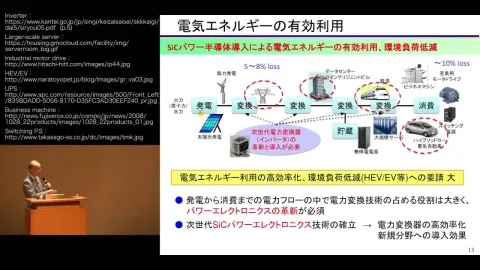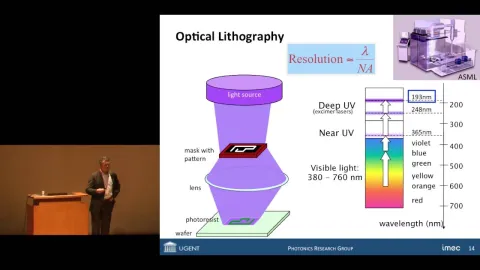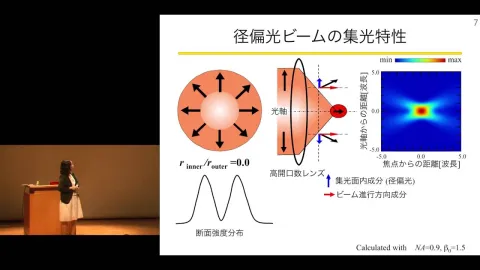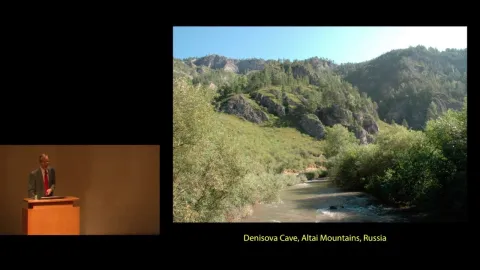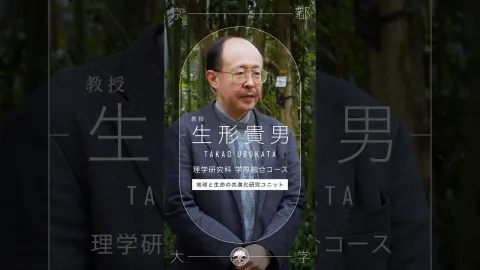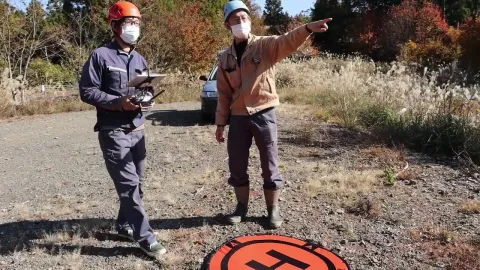
July 11-12, 2015
2nd Kyoto University-Inamori Foundation Joint Kyoto Prize Symposium
http://kuip.hq.kyoto-u.ac.jp/en/archives/2015/about/
[Biological Sciences Session]
Eske Willerslev
Professor, Director, University of Copenhagen
Professor, University of Cambridge
“How we settled the world and developed cultural and biological diversity”
One of the most fundamental problems in the history of mankind is to understand the processes that created the genetic and cultural diversity among humans today. Despite more than a century of research in archaeology and anthropology, major questions remain unanswered or heavily debated. The reason is our inability to link human populations and their cultures across time. Attempts to close this gap were made through genetic studies. However, studies of living peoples infer the past from present diversity and distributions, both of which have been shaped by a history of colonisation, admixture and, more recently, globalisation. Ancient DNA studies provide direct information about past human diversity. Until recently, however, the field suffered from problems of contamination and scope - restricted to mitochondrial DNA, a poor marker for testing complex demographic scenarios. This changed in 2010, when my research group published the first ancient human genome. The results dismissed the commonly held belief at the time that it is not possible to obtain reliable nuclear DNA sequences from modern human remains due to contamination. We also showed the power of ancient genomics by revealing a hitherto unknown migration from Siberia into the Americas, independent of those that gave rise to today’s indigenous peoples in the New World – information not retrievable from modern genetic data. Since then, we have used ancient genomics to settle some of the most important controversies regarding the origins and dispersals of our species, and the cultural changes that followed. For example, we have shown that the ancestors of Aboriginal Australians were the first known human population to settle the World beyond Africa, 30-40 thousand years before the ancestors of Europeans and Asians settled in Eurasia. Since then, we have also shown that the distribution of ancestral Europeans and Asians was very different in the past, and that the genetic geography of humans today is very shallow, in most cases less than 4000 years old. One of the main outcomes of these studies is the realisation of the previously unknown amazing complexity of human evolutionary history – for example, Native Americans, thought to descend from a group of East Asians who crossed the Bering Strait 13-10 thousand years ago, trace ca. 1/3 of their genome to a population that also gave rise to present-day Europeans, but not to East Asians. Another is that the relationship between cultural and genetic change reflects multidimensional processes that create a web of outcomes at different geographic scales – a migration may disperse genes and ideas, but the ideas may travel further, creating a much wider pattern of cultural change than reflected in the genetic make-up of people; equally, important shifts in cultural parameters can occur in the absence of demographic change. Thus, ancient genomics allows testing the nature of cultural change in the past, one of the most longstanding problems in Archaeology. We have also used ancient DNA to explore the extent to which early modern man affected the environment. We have shown that, although early man impacted his surroundings through hunting, the mass extinctions of big mammals at the end of the Ice Age - a topic of extensive debate for more than a century - was mainly driven by climate and vegetation changes rather than human overkill, thereby challenging the idea of an early rise of the Anthropocene.
You can find the other lectures on Kyoto University OCW:
https://ocw.kyoto-u.ac.jp/en/opencourse-en/134/video
この動画は、クリエイティブ・コモンズ・ライセンス“Attribution-NonCommercial-ShareAlike (CC BY-NC-SA)”が付与されています。 私的学習のほか非営利かつ教育的な目的において、適切なクレジット表記をおこなうことで、共有、転載、改変などの二次利用がおこなえます。 コンテンツを改変し新たに教材などを作成・公開する場合は、同じライセンスを継承する必要があります。 詳細は、クリエイティブ・コモンズのウェブサイトをご参照ください。


